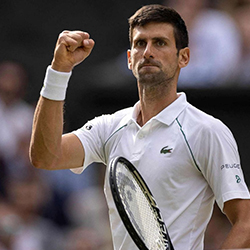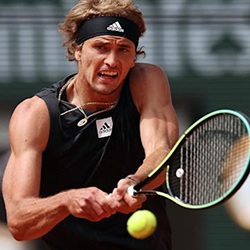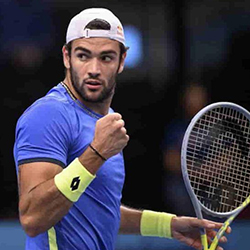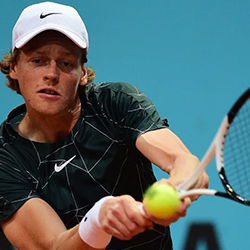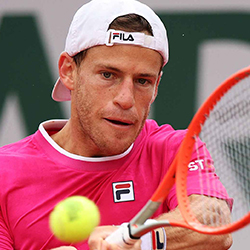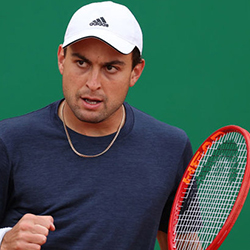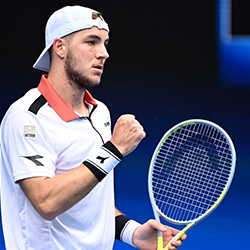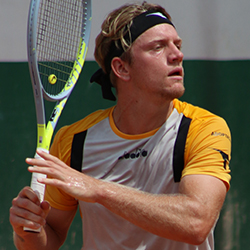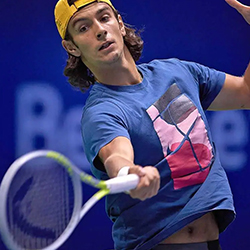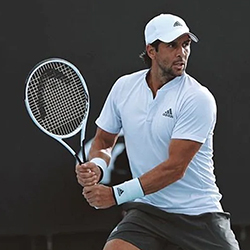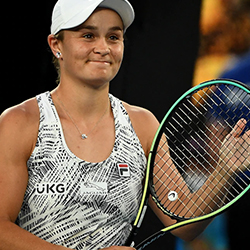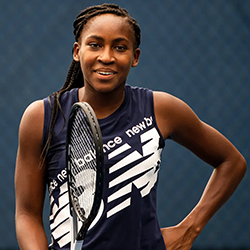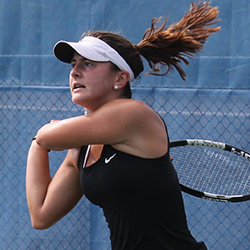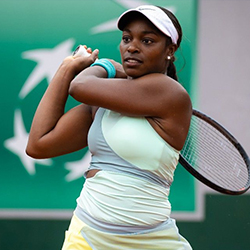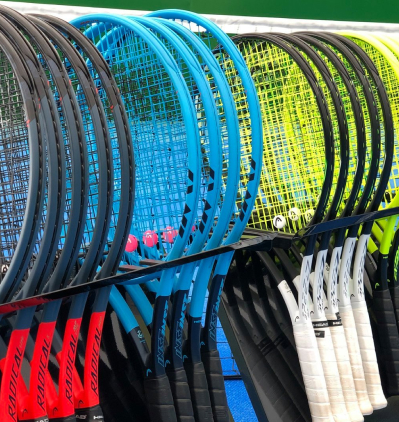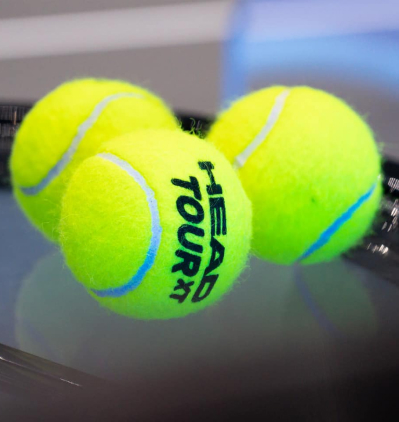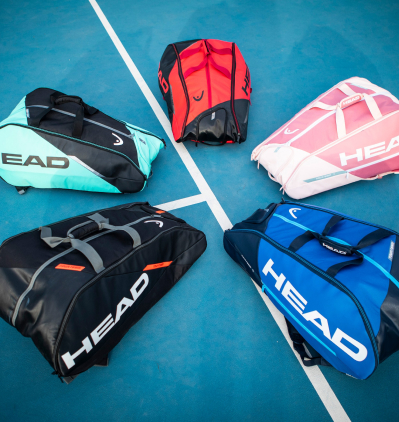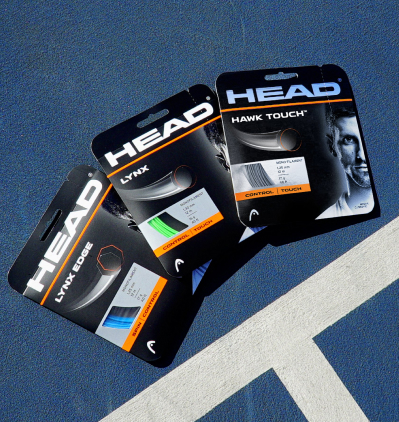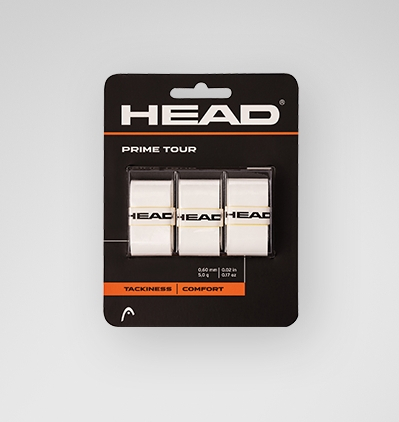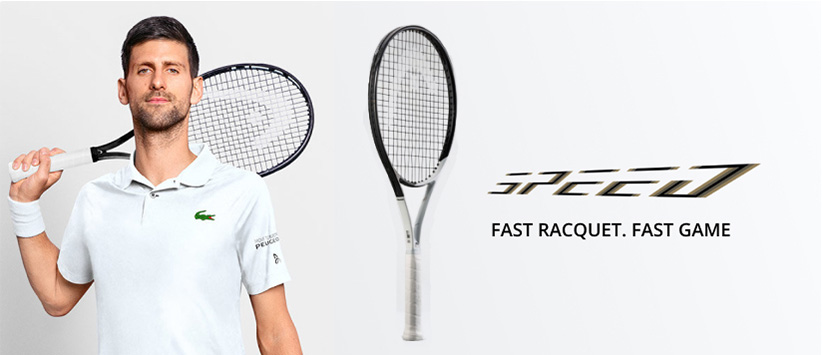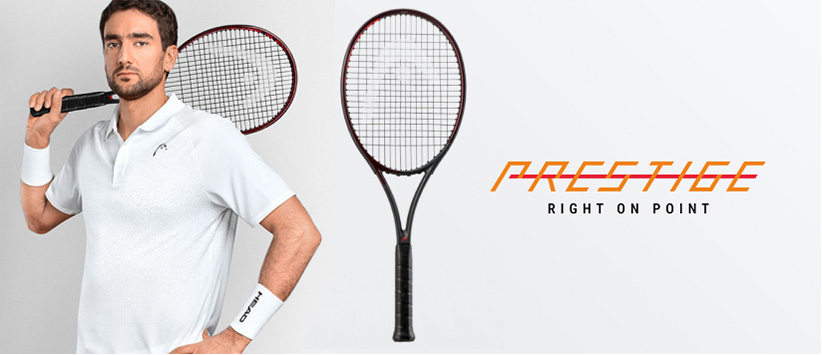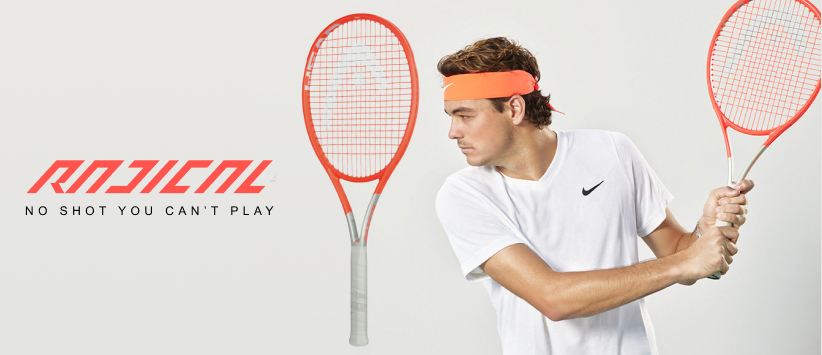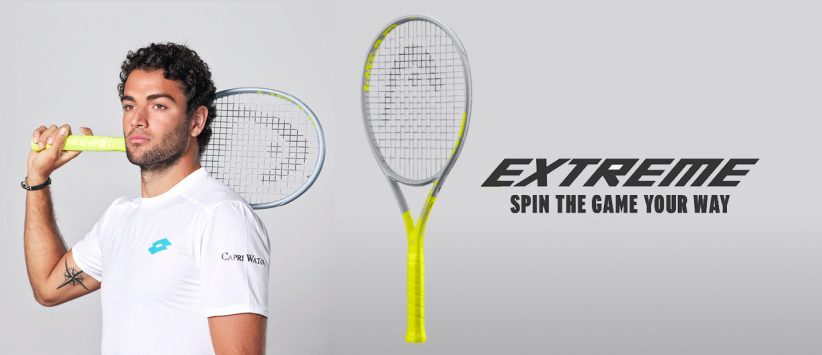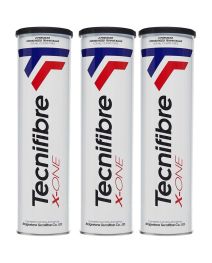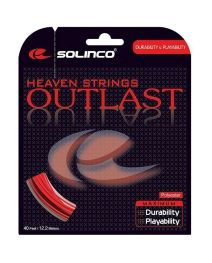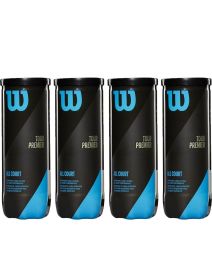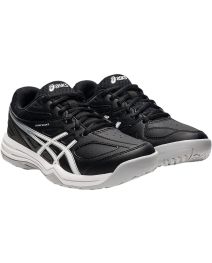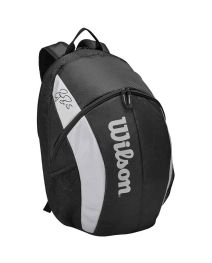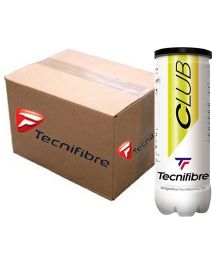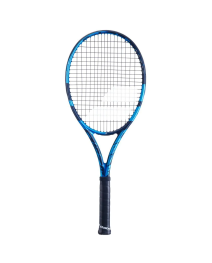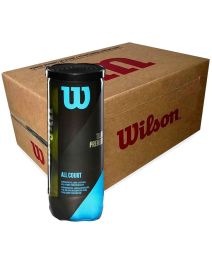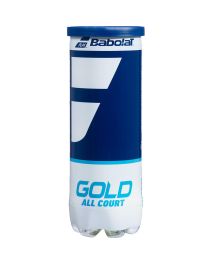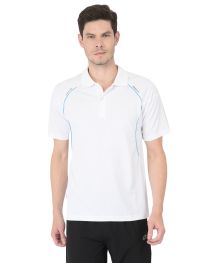Head

He was originally a ski maker. HEAD has been making tennis rackets since 1960, introducing the first aluminum rackets. They were first used in the 1969 US Open. One of the first tennis players to benefit from the use of the racket was Arthur Ashe, who defeated Jimmy Conners at Wimbledon in 1975.
Players Using Brand
Best Sellers
Brand History

In 1939, Howard Head went to work as a riveter for aircraft manufacturer Glenn L. Martin Company before securing a position as an engineer.
Head worked at Martin during the war years, when he became known for his fondness for poker and parties. He was still with the company in 1946 when his penchant for socializing led him to try skiing during an outing to Stowe, Vermont, an event that marked a turning point in his life.
Despite being embarrassed by his efforts on the slopes, he was hooked on the sport and determined to improve his skill. Like many a beginner, he blamed the equipment for his poor performance, but unlike the vast majority of skiers, Head possessed the technical knowledge to make a convincing case. Skis at the time were long, heavy, and clumsy; they were also constructed of hickory wood, a material which easily lost its shape and created an unstable ride.
Rather than simply devote himself to mastering the use of the traditional ski, Head boasted he could make a better, lighter, more efficient ski using metal and aircraft manufacturing techniques.
Head bought a band saw for $250 and began designing skis in his spare time. His concept was not to simply make a metal ski, at which others had tried and failed.
Rather, he looked to the metal-sandwich construction method of the aircraft industry, which developed during World War II when chemists created flexible, waterproof glues to bond aluminum and plywood.
In 1947, Head launched his “honeycomb” ski project, so called because he envisioned a ski that was constructed of two layers of aluminum bonded to plywood sidewalls that encased a core of honeycomb plastic.
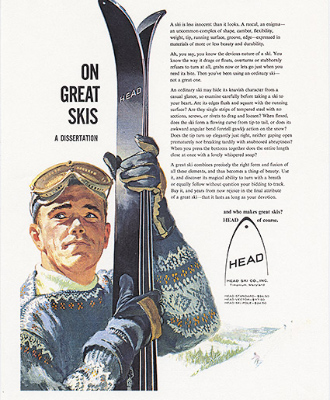
In 1950, Howard Head incorporated his business as HEAD Ski Company, Inc. His skis were not quickly embraced by the market, and it took several years of tireless promotion by Head to establish the expensive Standard as a status symbol product.
According to company records, HEAD became the leading brand of ski sold in the United States and Europe by 1955. Convincing world class skiers to adopt composite skis took longer, but significant Olympic victories on HEAD skis during the 1960s sealed the fate of conventional hickory skis.
Moreover, by possessing important patents covering metal ski construction, HEAD was well positioned to take advantage of the rising popularity of skiing while established ski manufacturers struggled to catch up.

In 1969, Head signed Olympic champion ski racer Jean-Claude Killy to endorse a new metal and fiberglass ski, the Killy 800. Head subsequently developed an entire product line of Killy skis.
In 1969 Howard Head sold his company to AMF and retired shortly afterwards.
In retirement, he focused on his tennis game, which had shown little improvement even with a metal racket and numerous lessons. He went on to develop the first oversized metal tennis racket, and revolutionizing a second sport.

Minstar acquires HEAD through AMF takeover Management buys out HEAD, Tyrolia, and Mares, forming HTM HTM is sold to Austria Tabak
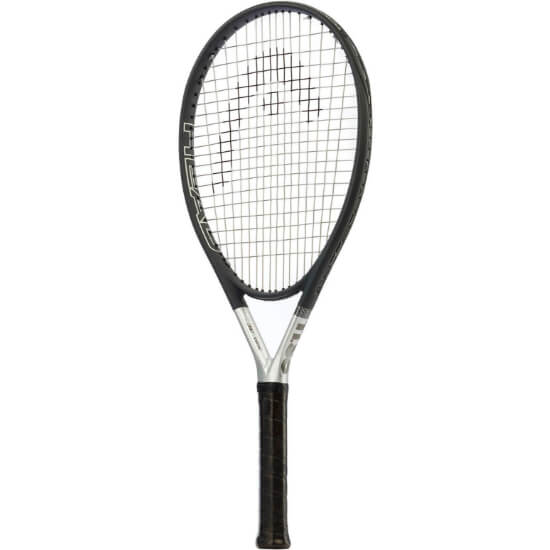
Johan Eliasch who is an avid skier and was well aware of the HEAD brand, gained control of the HEAD Sports in 1995. Mr. Eliasch moved quickly to revitalize the fortunes of HTM. With the product lines more focused, he directed the company’s attention into three areas: winter sports, tennis, and scuba diving.
A fourth division, licensing, was subsequently added. As a result of these changes, in 1997 the company was able to post its first profit in years. In 1997, HTM introduced the first tennis racket made of titanium and graphite, which proved highly popular. It then developed the first computerized tennis racket, named HEAD Intelligence, which employed sensors to adjust the necessary power and in the process suppress about half of all vibrations, thus eliminating the cause of tennis elbow.
On the skiing side of the business, new hourglass-shaped skis, designed to make sharp turns, also found a ready market.
In addition, Mr. Eliasch looked to grow HTM through external means. In 1998, the company acquired Dacor, a diving industry pioneer, followed by the 1999 addition of Penn Tennis Balls and snowboard makers Blax and Generics.
HEAD N.V. is formed and taken public
HEAD becomes a privately owned company

